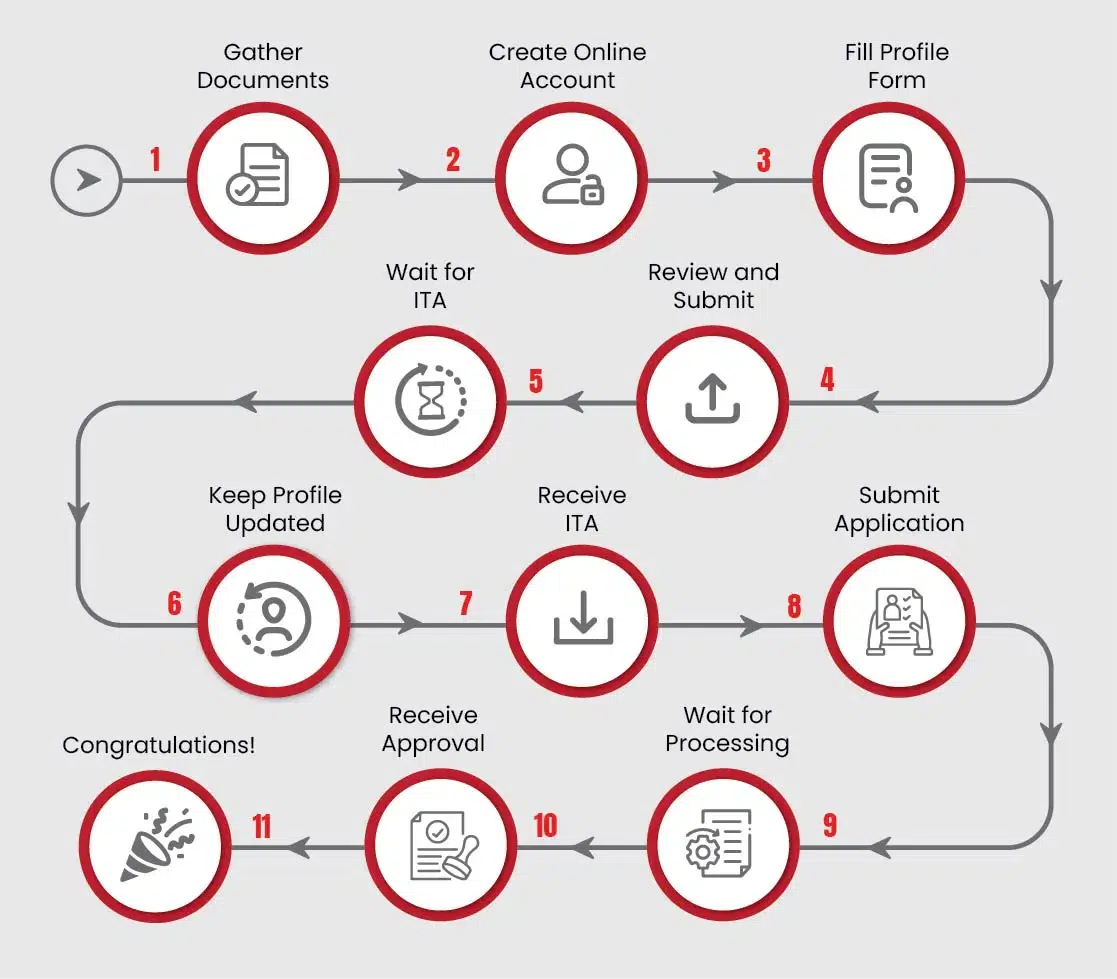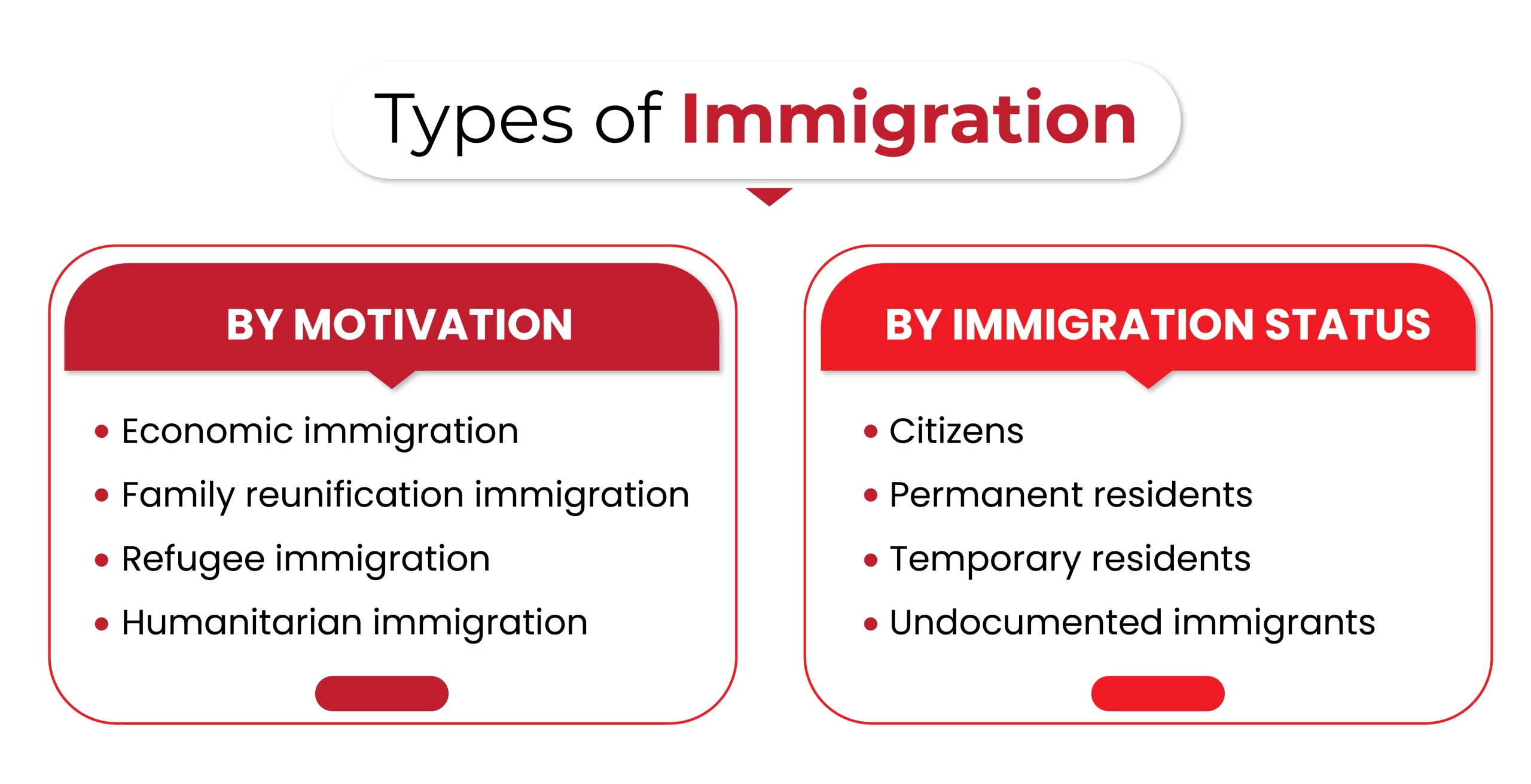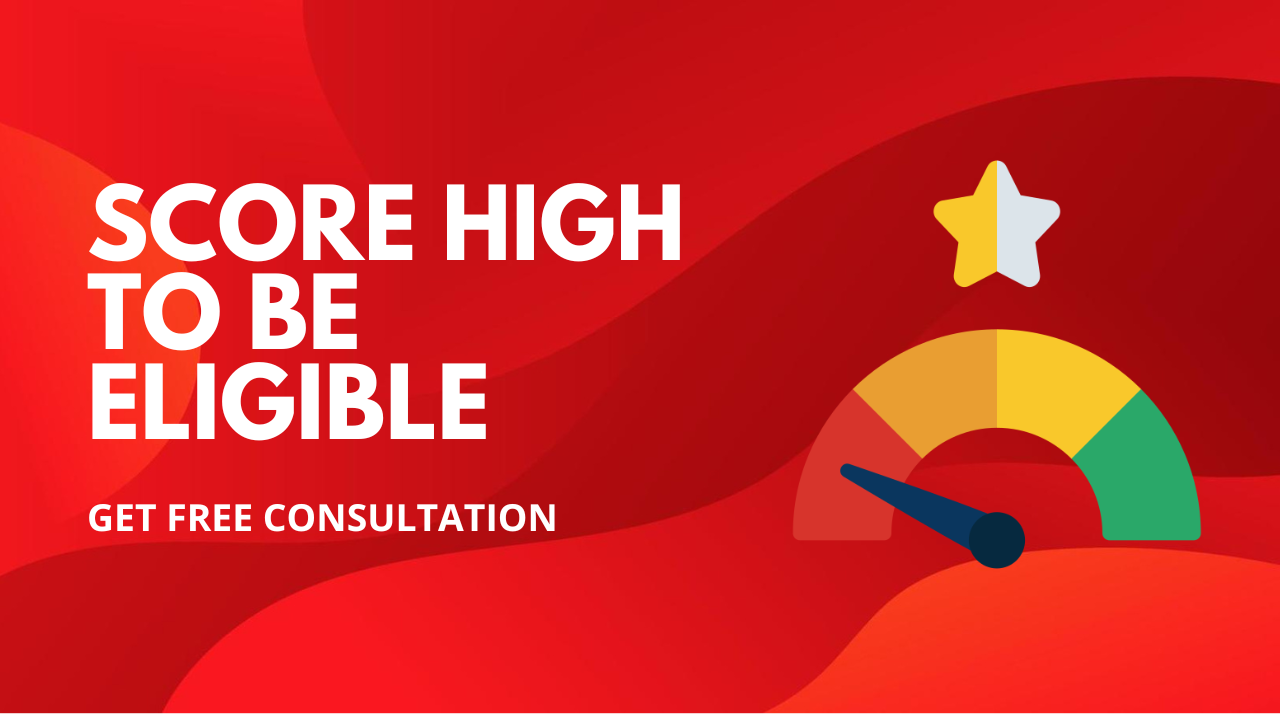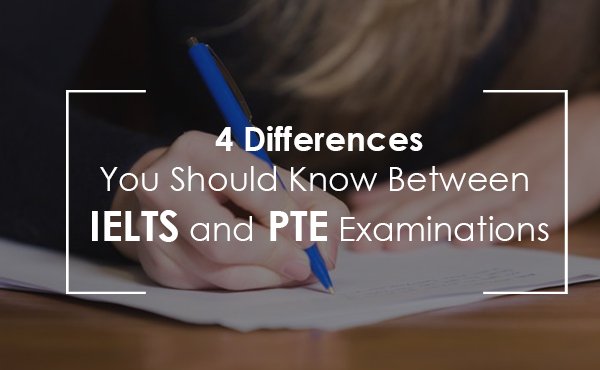Thinking about launching your career in Germany, the economic engine of Europe?
Then what are you waiting for buddy? Move to Germany for work NOW!
Don’t worry, we will tell you HOW!
The new German Opportunity Card might be your golden ticket! This opportunity card is designed to be a game-changer for skilled professionals from outside the European Union seeking to land their dream job in Germany.
But what exactly is an Opportunity Card, and how can you get one? What are the current trending jobs in Germany? That’s where we come in! In this blog , we’ll break down everything you need to know about the German Opportunity Card.
So grab a cup of coffee, get comfortable, and let’s start this journey together. By the end of this blog, you’ll have a clear roadmap to securing your Opportunity Card and moving one step closer to your new life in Germany.
Table of Content
1 What is the Germany Opportunity Card 2 Advantages of the Opportunity Card 3 Eligibility Criteria for Germany Opportunity Card 4 Points Distribution for the Opportunity Card 5 How to Get the Germany Opportunity Card 6 Germany Opportunity Card Requirements 7 Opportunity Card Processing Time 8 Frequently Asked Questions
What is the Germany Opportunity Card
The Germany Opportunity Card, also known as the Chancenkarte, is a new immigration policy introduced by the German government to attract skilled workers from non-EU countries. This is a great option for those who can come to Germany without a job offer. They can then search for a job in Germany.
This card allows individuals to enter Germany to look for a job that matches their qualifications and work in Germany. It is part of Germany’s efforts to address labor shortages in various industries by making it easier for skilled workers to come to the country.
Advantages of the Opportunity Card
The Opportunity Card offers several compelling advantages for skilled professionals looking to work and live in Germany. Here are some of the key benefits:
- New and easier way to enter Germany.
- Enjoy a 12-month stay in Germany, and search for a full-time job.
- You can do part-time jobs for up to 20 hours per week.
- Attain a monthly income of over 1000 euros.
- Chance to find a qualified part-time / full-time job.
Eligibility Criteria for Germany Opportunity
To be eligible for the Germany Opportunity Card, applicants must meet certain criteria. These include:
- Qualification – A recognized university degree or vocational training that is equivalent to German standards.
- Work Experience – Relevant work experience in the field of your qualifications.
- Language Skills – Proficiency in German(Level A1) or English (Level B2) is required.
- Self-Sufficiency – Proof of sufficient financial resources to support yourself during your job search in Germany.
As the German opportunity card is a point-based program, candidates must score a minimum of 6 points.
Points Distribution for the Opportunity Card
The points system is relevant if you cannot demonstrate that you have a German qualification or that your foreign qualification has been fully recognized. Under this system, points are awarded to applicants who meet various criteria, contributing to their overall score. You must reach a total of six points to secure the Opportunity Card.
Points for Education
- 4 points: Diplomas and qualifications partly recognized by Germany.
- 3 points: 5+ years of work experience in the past 7 years in your qualified field.
- 2 points: 2+ years of work experience in the past 5 years in your qualified field.
- 1 bonus point: Vocational training in one of Germany’s bottleneck professions, including education, nursing and other health professions, crafts, construction professions, metal and mechanical engineering, and information technology.
Points for Language Skills
- 3 points: German Level B2 and above.
- 2 points: German Level B1.
- 1 point: German Level A1 – A2.
- 1 bonus point: English Level C1 and above.
Points for Age
- 2 points: Under 35 years.
- 1 point: Between 35 – 40 years.
Points for Ties to Germany
1 point: Previous stays in Germany of at least 6 months in the past 5 years. But a previous visit as a tourist doesn’t count.
Points for Spouse
1 point: If you plan to move to Germany with your spouse, who is also eligible and planning on applying for the Chancenkarte.
How to Get the Germany Opportunity Card
The application process for the Opportunity Card can be done in two ways:
1. From Germany: If you’re already in Germany, you can apply at the local Foreigners’ Registration Office (Ausländerbehörde).
2. From Your Home Country: You can apply at the relevant German mission abroad (embassy or consulate) in your home country.
Germany Opportunity Card Requirements
Here’s what you’ll typically need to gather for your Opportunity Card application:
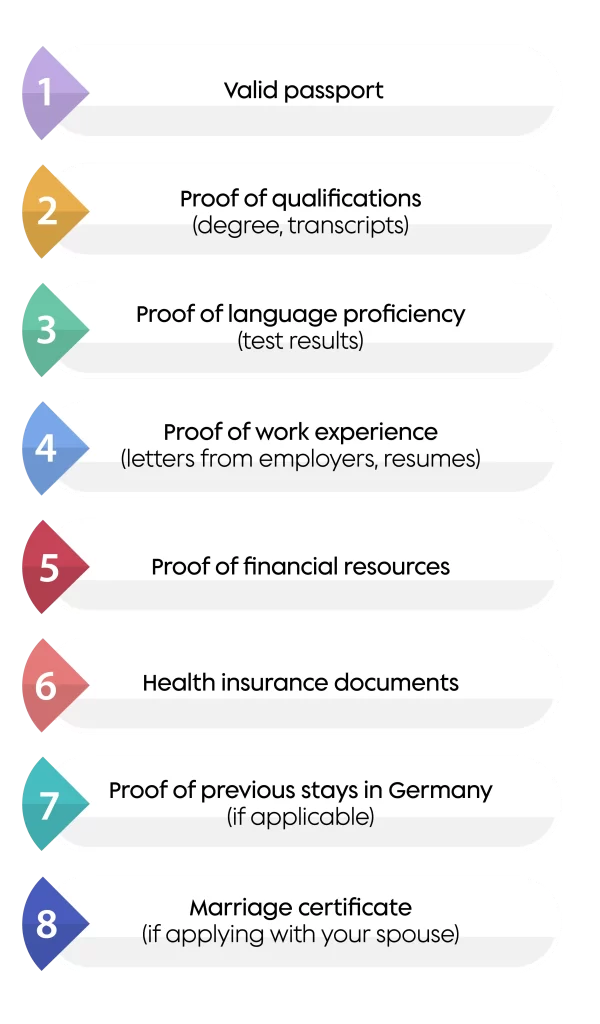
Opportunity Card Processing Time
The processing time for the Germany Opportunity Card can vary based on several factors, including the country of application and the completeness of your documentation. Typically, it can take anywhere from a few weeks to a few months. It is advisable to apply well in advance of your planned move to Germany.
Wrap Up
As you wrap up your reading journey with us, we hope you now feel capable and inspired to kick off your search for the Opportunity Card in Germany. Remember, this card isn’t just a piece of paper; it’s your key to unlocking a world of professional growth, cultural enrichment, and personal fulfillment in one of Europe’s most dynamic countries.
If you have any further questions or need assistance navigating the application process, don’t hesitate to reach out to us at CanApprove. Our dedicated team of experts is here to support you every step of the way, turning your aspirations into reality.
So go ahead, seize this opportunity, and make your mark in Germany. Your future awaits – and with the Opportunity Card in hand, the possibilities are limitless.
Contact CanApprove today and let’s turn your dream of working in Germany into a thriving reality!





